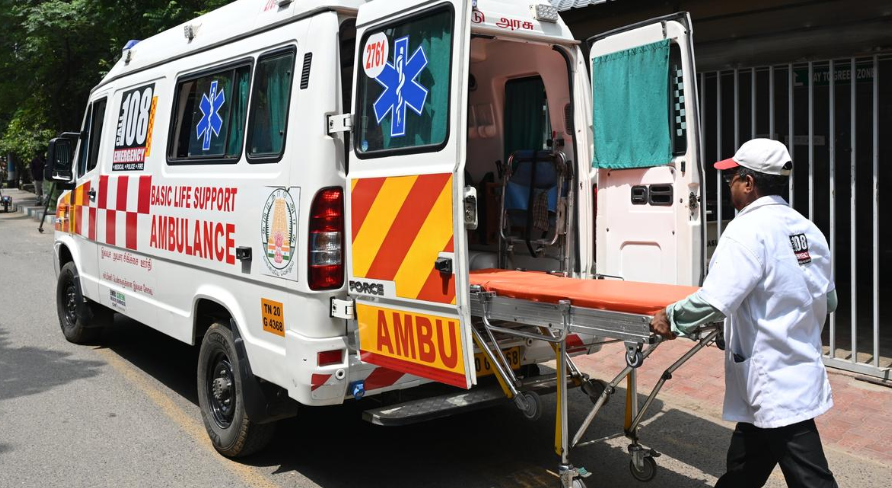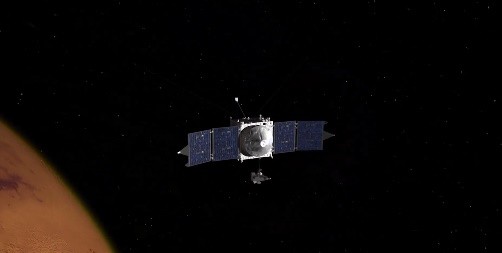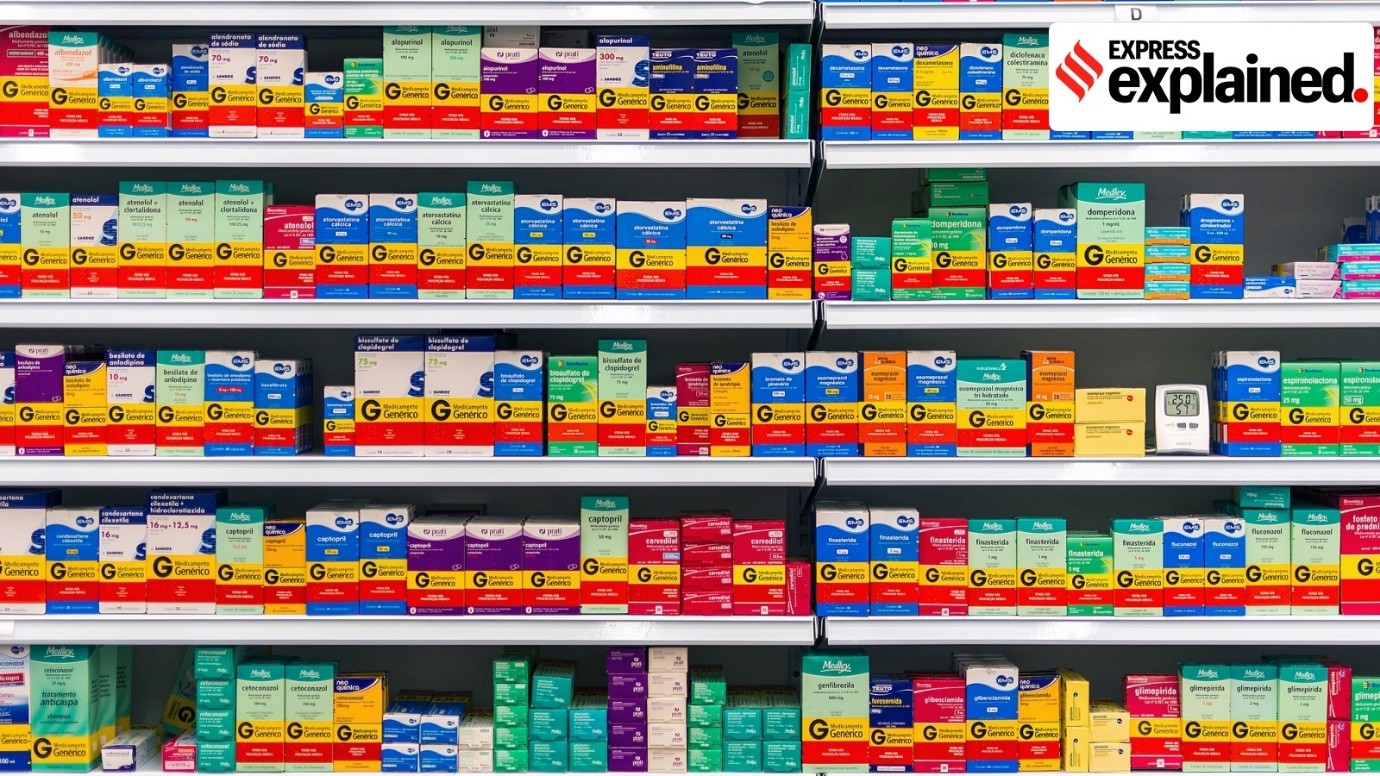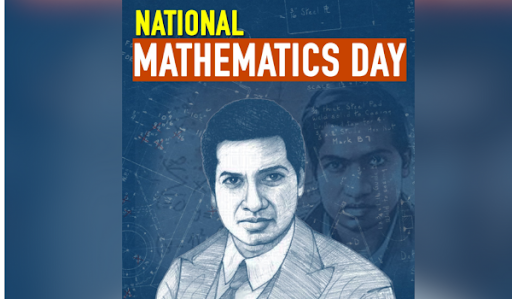Description
Copyright infringement not intended
Picture Courtesy: The Hindu
Context:
Acute illnesses and trauma can trigger sudden physiological disturbances that may quickly become fatal. Prompt diagnosis and immediate intervention can reverse these changes, saving lives. Emergency medical response should therefore be considered a constitutional duty, not just a service.
Current status of Ambulance Services in India:
National Ambulance Fleet (Source: Ministry of Health and Family Welfare)
Total Ambulances (June 2024):
- Basic Life Support (BLS): 15,283 units
- Advanced Life Support (ALS): 3,044 units
- Patient Transport Vehicles: 3,918 units
- Total: ~22,245 ambulances under the National Health Mission scheme
Market Size and Growth (Source: Research and Markets)
- 2024 Market Value: USD 1.67 billion
- Projected 2030 Value: USD 2.21 billion
- CAGR (2025–2030):75%
Average Response Times (Source: eHealth Magazine)
- National Average:22 minutes
- Chennai:54 minutes
- Trichy: 9 minutes and 48 seconds (as of May 2025)
Technological Advancements: Implementation of real-time tracking and automated dispatch systems in Tamil Nadu to enhance response efficiency. (Source: eHealth Magazine)
Regulatory Standards: Adherence to the National Ambulance Code (AIS-125), which sets standards for ambulance design, equipment, and operational protocols. (Source: goaid.in)
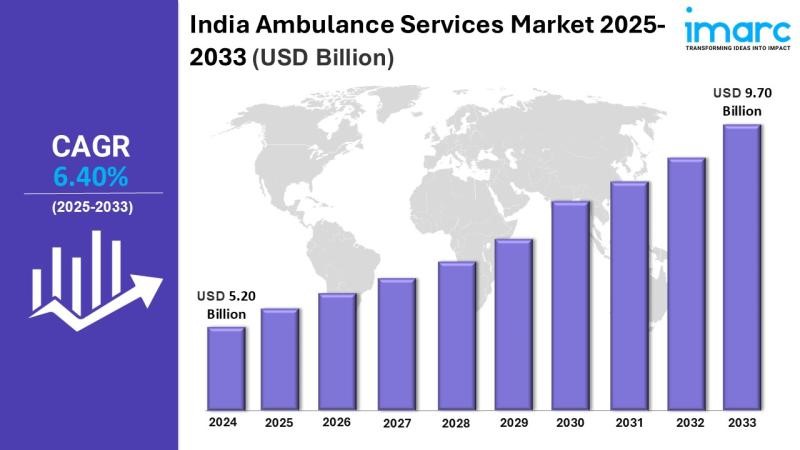
Picture Courtesy: IMARC
Evolution of Ambulance services:
|
Era / Period
|
Key Developments
|
Impact on Emergency Care
|
|
Ancient & Medieval Times
|
Basic transport during wars; soldiers moved to healers
|
Early concept of life-saving transport; limited medical intervention
|
|
Industrial Revolution (18th–19th c.)
|
Introduction of automobiles; improved medical equipment
|
Faster patient transport; ability to carry basic medical tools
|
|
World Wars / Korean / Vietnam Wars
|
Organized triage, rapid evacuation, resuscitation protocols
|
Standardized emergency care; foundation of modern trauma and battlefield medicine
|
|
Mid-20th Century
|
Ambulances equipped with oxygen, IV fluids, first-aid kits
|
Expanded capacity to provide basic life support en route
|
|
Golden Hour Concept (1960s–70s)
|
Emphasis on treatment within first hour for trauma, heart attack, stroke
|
Reduced mortality; on-site intervention and faster hospital transfer
|
|
Platinum Ten Minutes (21st Century)
|
High-tech ambulances: defibrillators, ECG/ECHO, mobile CT, oxygen, advanced life support
|
Rapid response; life-saving interventions within 10 minutes; integration of hospital monitoring
|
|
Modern Integration
|
GPS-enabled dispatch, air ambulances, drones, live hospital monitoring
|
Improved accessibility, real-time guidance, and care continuity, including remote areas
|
Challenges:
- Response Time: India’s national average response time is around 2 minutes. States like Tamil Nadu perform better, averaging 10 minutes 14 seconds, but rural and remote areas often experience delays exceeding 20 minutes (Source: eHealth Elets, 2024).
- Fleet Size and Distribution: The country has approximately 22,245 ambulances under the National Health Mission, which is insufficient for a population of 1.4 billion. The distribution of ambulances is uneven, with rural and underserved regions particularly affected (Source: MoHFW, 2024).
- Standardization and Equipment: Many private ambulances lack compliance with AIS-125 standards, essential life-saving equipment, and trained personnel, creating disparities in service quality (Source: GoAid, 2024).
- Staffing and Training: There is a high attrition rate among paramedics, a shortage of certified personnel, and limited availability of trained staff in rural areas, affecting the efficiency of emergency response (Source: The Hindu, 2024).
- Technological and Infrastructure Gaps: Limited GPS-enabled dispatch systems, live hospital monitoring, and integration of air or drone ambulances reduce operational efficiency and delay timely care (Source: eHealth Elets, 2024).
- Legal and Traffic Challenges: Ambulances often face blocked roads, lack of right-of-way enforcement, and accidents during transit, which hinder rapid response (MoRTH, 2019).
Concepts:
Golden Hour: Critical for trauma, heart attacks, and strokes; treatment within the first hour significantly improves survival.
Platinum Ten Minutes: The modern goal is to provide medical assistance within 10 minutes of an incident.
Constitutional Obligation:
- Right to Life: Under Article 21 of the Indian Constitution, the right to life includes access to timely and effective medical care, including emergencies.
- State Responsibility: The State has a duty to ensure that citizens have access to rapid and standardized ambulance services. This includes creating unobstructed access routes, regulating ambulance standards, and deploying trained personnel.
- Legal and Ethical Implications: Emergency medical response is not just a service but an ethical and constitutional responsibility of the State.
Government measures:
- Nationwide Emergency Response System (NERS): The Ministry of Home Affairs (MHA) has implemented the Nationwide Emergency Response System (NERS), centering on the single emergency number 112 for all emergencies across India. (Source: MHA)
- Disaster Management and Health Emergency Operations: The National Disaster Management Authority (NDMA) coordinates disaster response, establishing guidelines for hospital safety, disaster response, and emergency operation centres. (Source: NDMA)
- National Ambulance Code (AIS-125): The AIS-125 standard was introduced by the Government of India to ensure uniform design, equipment, and operational protocols for ambulances across the country. Its main aim is to enhance patient safety and improve emergency medical response. (Source: Ministry of Road Transport & Highways (MoRTH)
- National Health Mission (NHM) Support: Provides funding for fleet expansion, training of paramedics, and advanced life support ambulances. Approximately 22,245 ambulances deployed under NHM as of 2024 (Source: MoHFW, 2024).
- State-Level Initiatives: Many states have Emergency Services Regulatory Authorities or equivalent bodies to oversee ambulance operations, e.g., Tamil Nadu’s rapid response system.
- Legal & Regulatory Framework: Motor Vehicles Act, 1988 (amended 2019): Grants ambulances the right of way.
- Civil Defence and Other Measures: Civil defence preparedness for immediate emergency response involving training and resource mobilization.
Way Forward:
- Standardization of Services: Implement National Ambulance Code (AIS-125) uniformly across public and private ambulances.
- Strengthen Response Systems: Deploy GPS-enabled centralized call centers for real-time tracking and automated dispatch.
- Expand Fleet and Accessibility: Increase ambulance numbers, especially in rural and underserved areas.
- Training and Human Resources: Standardize paramedic certification, training, and periodic drills.
- Legal and Policy Measures: Enforce right-of-way laws for emergency vehicles.
Source: The Hindu
|
Practice Question
Q. “Emergency medical services in India must be treated as a constitutional obligation.” Critically examine (150 words)
|
Frequently Asked Questions (FAQs)
It is a government standard that sets design, equipment, and operational protocols for ambulances across India.
The first 60 minutes after a trauma, heart attack, or stroke when timely intervention can significantly improve survival.
A modern goal for emergency services where medical help reaches the patient within 10 minutes of an incident.




